PLEASE NOTE ESTIMATE SHOULD READ ���20,000 - 30,000*** NATHANIEL HONE THE ELDER RA (1718-1784) The Spartan Boy Oil on canvas, 66 x 51cm Signed with initials NH, lower left Provenance: Captain Barrington Bradshaw, by whom bequeathed in 1804 to George Bygen; A.H. Bradshaw, and by descent in 1852 to W. Bradshaw; acquire privately in 1955; Private Collection, Dublin. The success of Nathaniel Hones famous painting The Spartan Boy when first exhibited at the Royal Academy, London in 1775 would solidify its reputation amongst art-buying public and critics alike . To satisfy demand for the work numerous prints were produced, such as one by William Humphrey and now in the British Museum collection. Following on from the example of fellow artists Hone later produced this present example based on his original painting. It was not unusual at the time for artists to exploit the popularity of a particular subject matter through repeated versions of the same painting. John Camillus Hone the artists young son is acting as the sitter for the portrait, dressed up as a Spartan youth. Hone regularly used his family members as models in his paintings producing a large series of portraits of his children and grandchildren. Though disguised in various costumes of allegorical figures from antiquity, the decision to use his own family introduces an element of individuality. We know the identity of these figures even if the function of the work is not an insight into their personality or emotions. Equally Hone manages to capture the innocence of his young sitters through their relationship with a small animal such as rabbit or dog. However in this example there is a somewhat darker tone, indicated by the ominous cloud-filled sky behind the boy. He is holding a fox which refers to the story of initiation undergone by Spartan youths in Ancient Greece. As a highly disciplined society, Spartan children were raised to be diligent and respectful of their elders. They were also a pre-eminent military power, training male children from a young age to be great warriors. One part of their initiation into the ranks of the army was judged by the act of stealing without being caught. If they failed, it would mean disgrace for the individual and great shame for their family. Usually the sitters in Hones portraits have somewhat blank gazes, but on this occasion the internal battle is perfectly captured by the troubled expression on the boys face as he smuggles the animal inside his coat. As fate would have it the fox bites the boy and he suffers a mortal wound. Rather than be discovered he remains silent, a pained look of despair which belies his age. In a culture where modesty and strength are highly respected the allegory of the Spartan Boy became an important symbol of stoic perseverance.
PLEASE NOTE ESTIMATE SHOULD READ ���20,000 - 30,000*** NATHANIEL HONE THE ELDER RA (1718-1784) The Spartan Boy Oil on canvas, 66 x 51cm Signed with initials NH, lower left Provenance: Captain Barrington Bradshaw, by whom bequeathed in 1804 to George Bygen; A.H. Bradshaw, and by descent in 1852 to W. Bradshaw; acquire privately in 1955; Private Collection, Dublin. The success of Nathaniel Hones famous painting The Spartan Boy when first exhibited at the Royal Academy, London in 1775 would solidify its reputation amongst art-buying public and critics alike . To satisfy demand for the work numerous prints were produced, such as one by William Humphrey and now in the British Museum collection. Following on from the example of fellow artists Hone later produced this present example based on his original painting. It was not unusual at the time for artists to exploit the popularity of a particular subject matter through repeated versions of the same painting. John Camillus Hone the artists young son is acting as the sitter for the portrait, dressed up as a Spartan youth. Hone regularly used his family members as models in his paintings producing a large series of portraits of his children and grandchildren. Though disguised in various costumes of allegorical figures from antiquity, the decision to use his own family introduces an element of individuality. We know the identity of these figures even if the function of the work is not an insight into their personality or emotions. Equally Hone manages to capture the innocence of his young sitters through their relationship with a small animal such as rabbit or dog. However in this example there is a somewhat darker tone, indicated by the ominous cloud-filled sky behind the boy. He is holding a fox which refers to the story of initiation undergone by Spartan youths in Ancient Greece. As a highly disciplined society, Spartan children were raised to be diligent and respectful of their elders. They were also a pre-eminent military power, training male children from a young age to be great warriors. One part of their initiation into the ranks of the army was judged by the act of stealing without being caught. If they failed, it would mean disgrace for the individual and great shame for their family. Usually the sitters in Hones portraits have somewhat blank gazes, but on this occasion the internal battle is perfectly captured by the troubled expression on the boys face as he smuggles the animal inside his coat. As fate would have it the fox bites the boy and he suffers a mortal wound. Rather than be discovered he remains silent, a pained look of despair which belies his age. In a culture where modesty and strength are highly respected the allegory of the Spartan Boy became an important symbol of stoic perseverance.
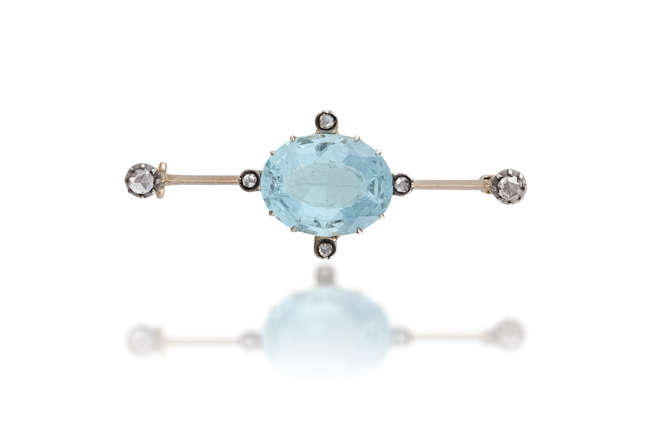
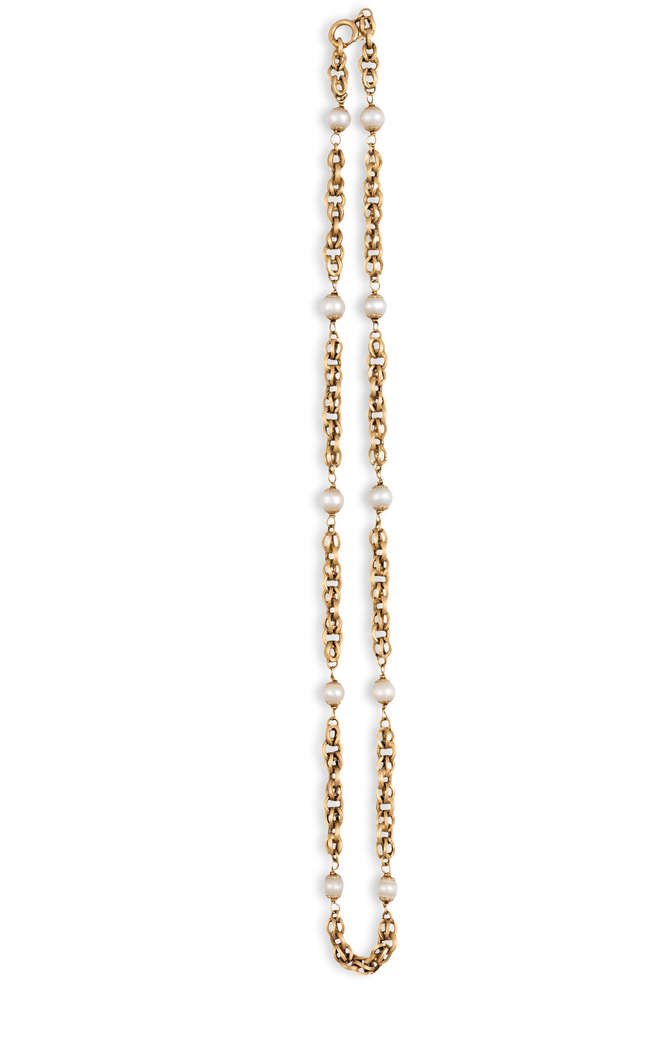

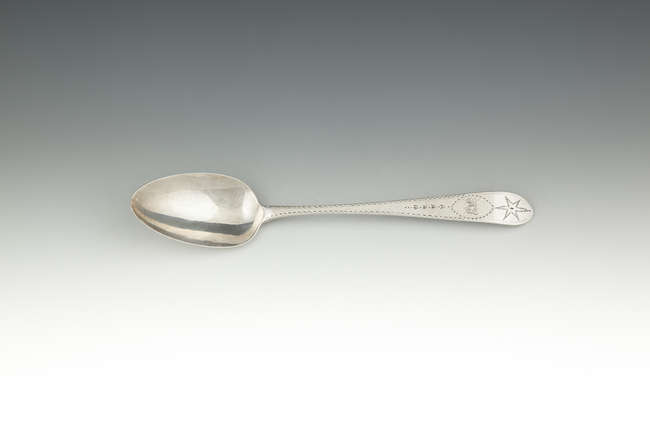
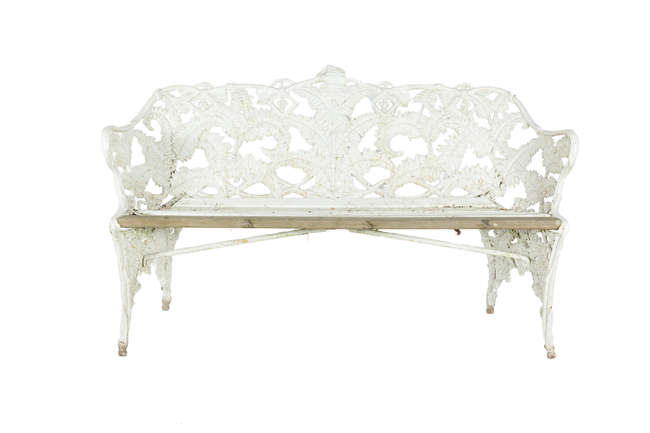
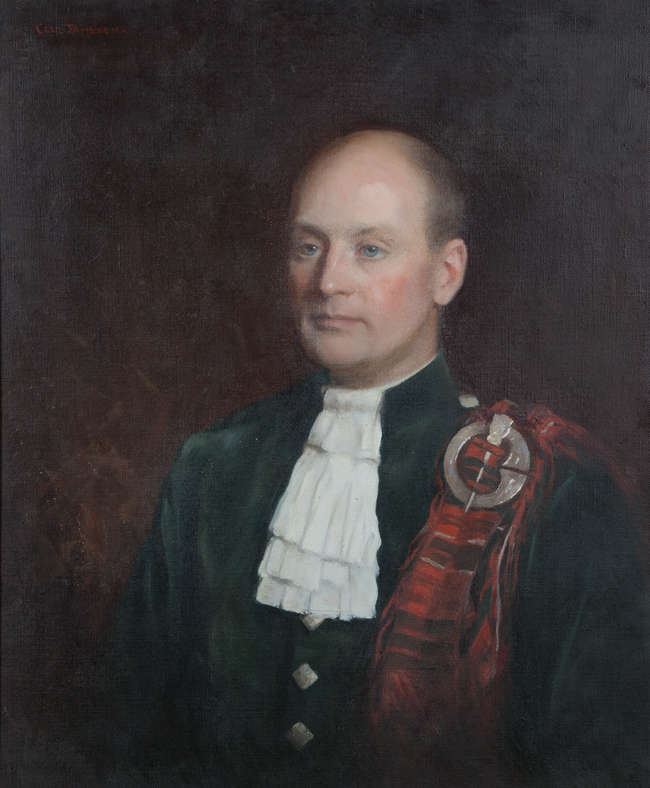

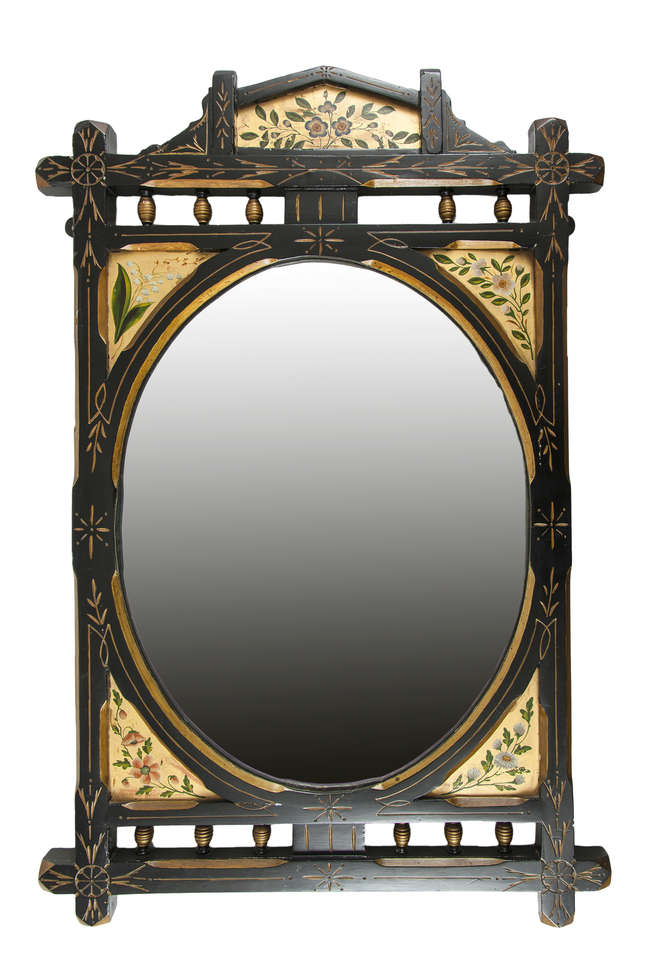
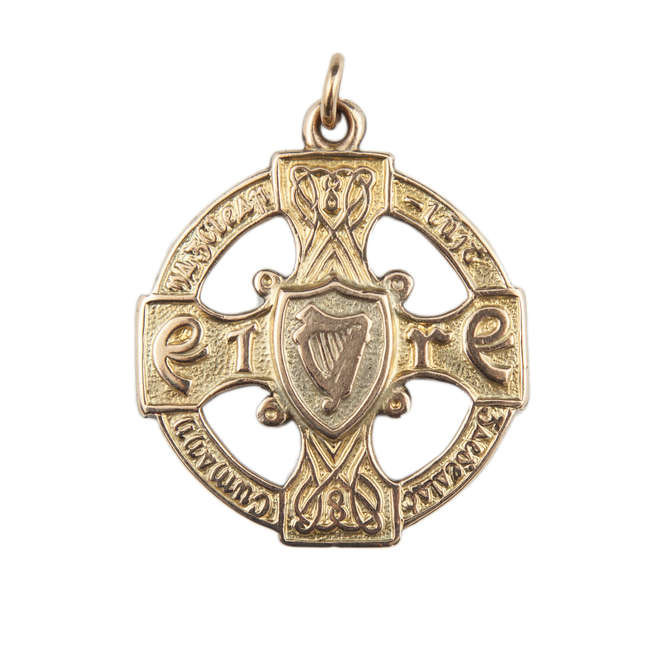
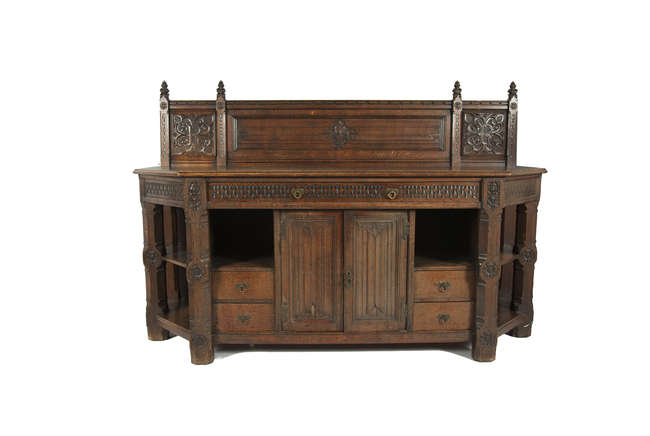
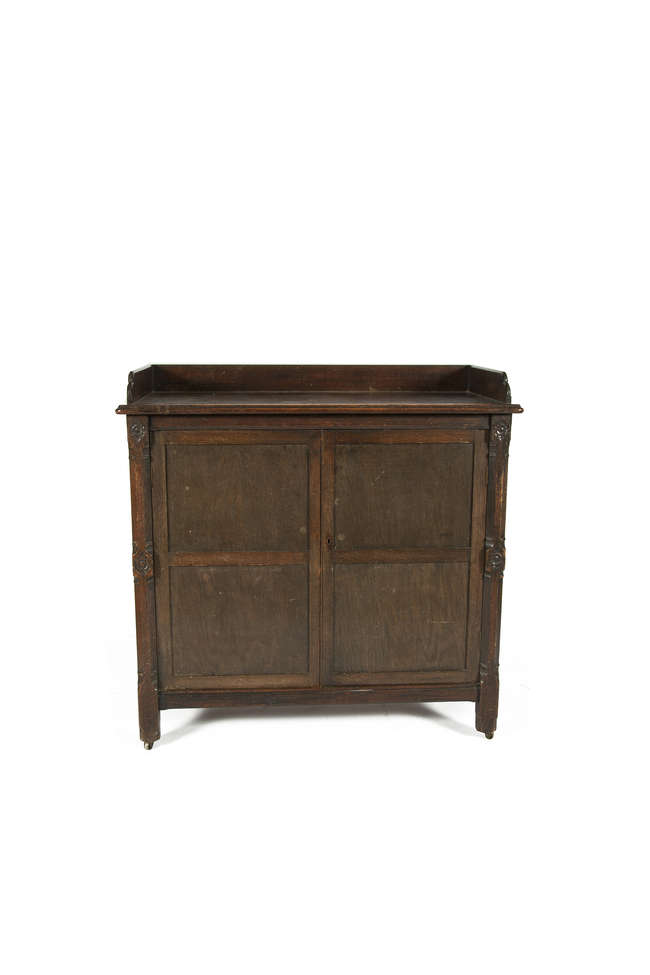
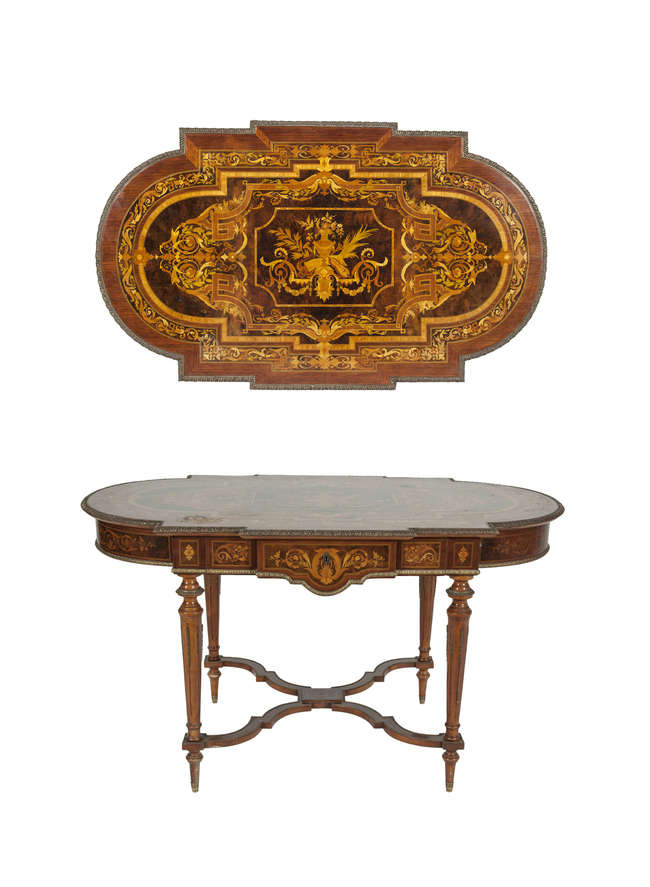
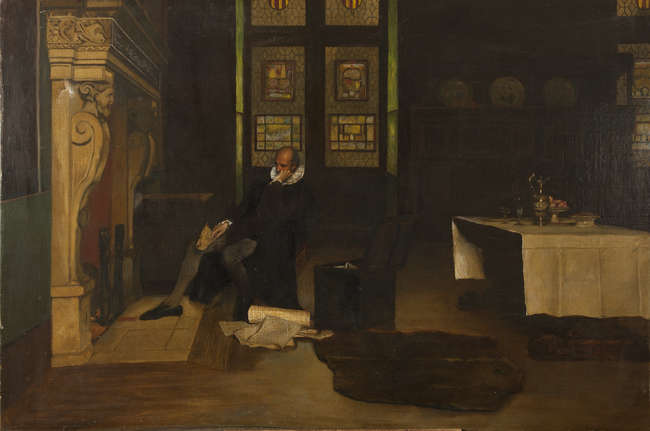
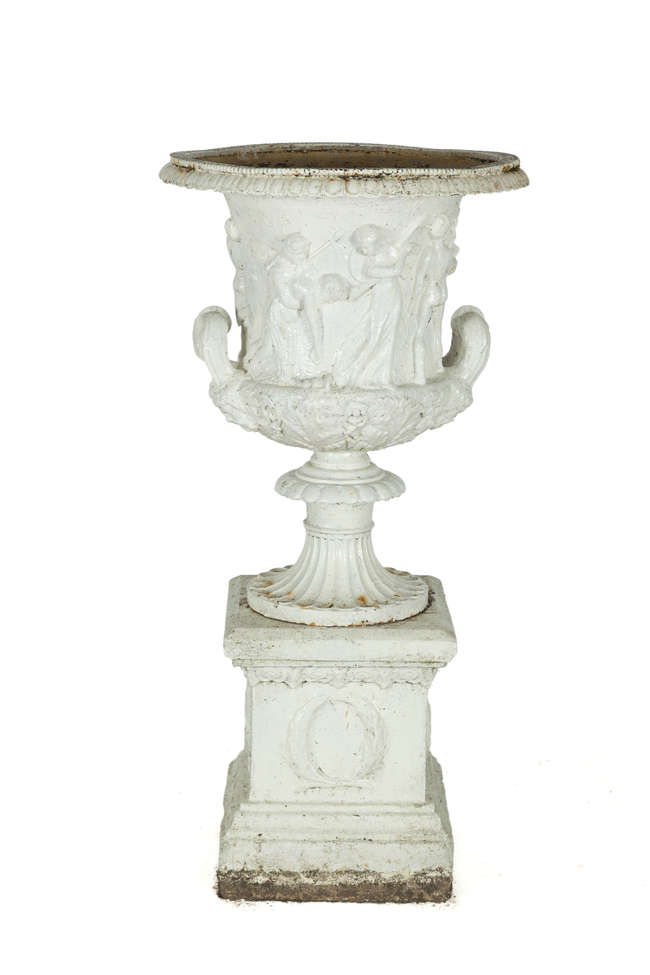
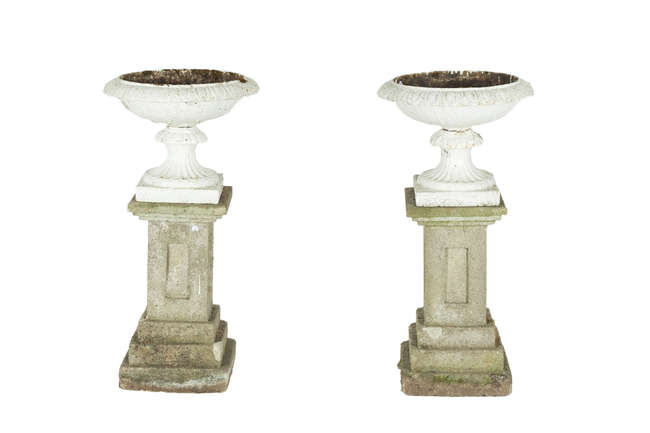
Testen Sie LotSearch und seine Premium-Features 7 Tage - ohne Kosten!
Lassen Sie sich automatisch über neue Objekte in kommenden Auktionen benachrichtigen.
Suchauftrag anlegen